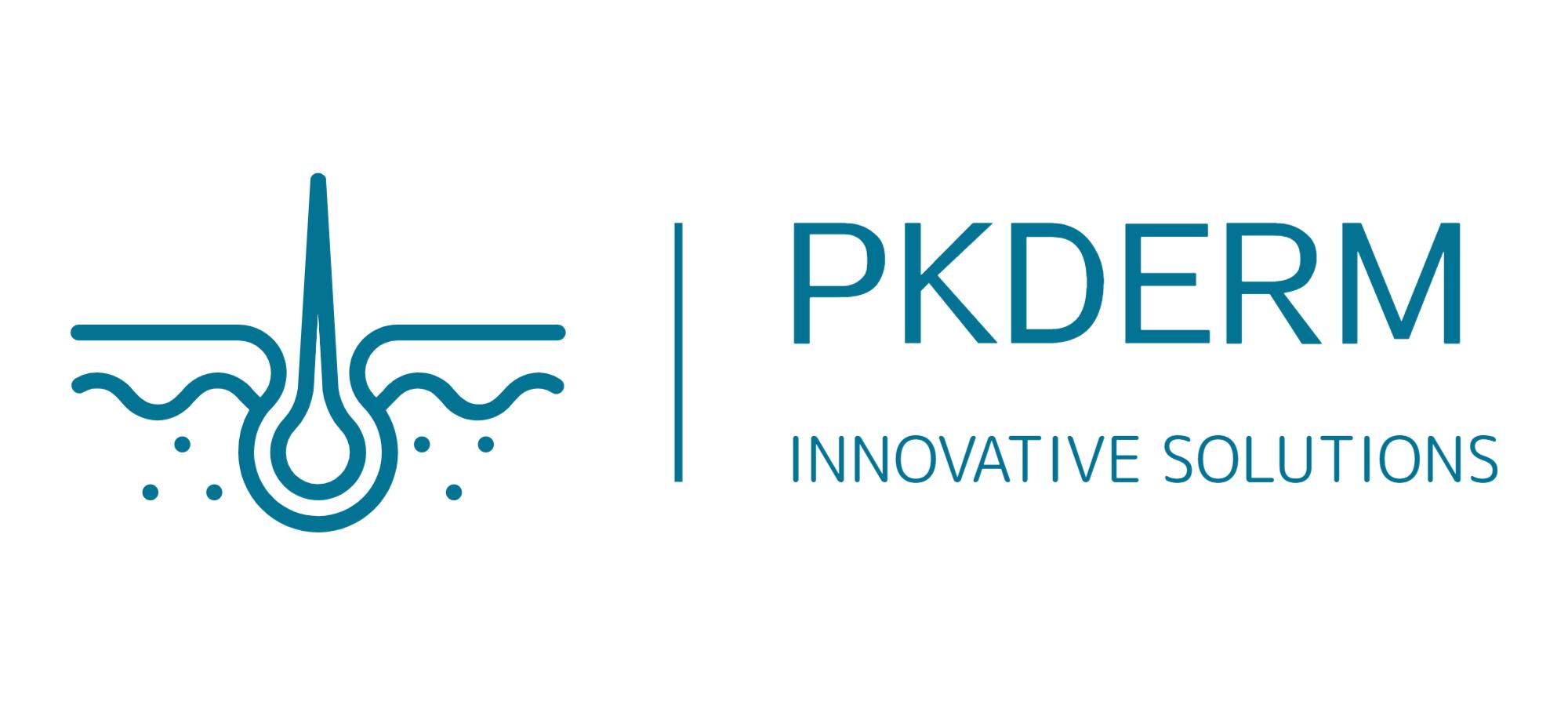OpenTox Virtual Conference 2021 Session 9
Medaka eggs tests, a screening tool to evaluate the endocrine activity of new ingredients?
M. Bergal1, M. Puginier1, A. Roso1, G. Lemkine2, B. Robin2, A. Tindall2
1 SEPPIC, La Garenne Colombes, France
2 WATCHFROG, Evry, France
Introduction:
Exposure to some chemicals can result in disruption of the endocrine system in Humans, this hot topic has interested scientists for several years and more recently has fueled public debate. In Europe, identification criteria of ED* were proposed in 2016 and were included in two sectoral regulations (i.e., Protection Plant Products and biocidal products). The new Chemicals Strategy for Sustainability sets the stage for harmonization for all concerned regulations. In particular, for cosmetics, the main challenge comes from the context of the ban on animal testing and the required demonstration of proof of the link between hormonal mode of action and adverse effects. In this perspective, the objective of this work was to evaluate the ability of two experimental models, based on whole organisms, currently undergoing OECD validation, to screen disruption potential on estrogenic and androgenic pathways, in order to put safe products on the market. From an ethical point of view, early non-autonomous stages of aquatic vertebrates have been used successfully for regulatory assessment of chemicals in line with the European Directive 2010/63/EU.
Methods:
The endocrine activity was assessed on the two sexual axes: androgen and estrogen. REACTIV and RADAR tests were performed on transgenic larvae from Japanese medaka bearing fluorescent reporter constructs integrating hormonal responsive elements. These embryonic models allow in vivo detection and quantification of endocrine activities measuring the fluorescence levels. Assays were conducted on selected chemicals considered as suspected or proven endocrine disruptors according to ECHA in presence or absence of corresponding axis hormones to reveal different modes of action.
Results:
The endocrine activity was demonstrated for all the reference substances tested despite some physiological differences observed between experimental results and in vivo literature data. For some chemicals, stimulation of the biological pathway of interest was necessary to reveal the endocrine activity. Due to the intrinsic properties of some chemicals such as water solubility, toxicity, low suitable doses were tested.
Discussion and Conclusion:
Even if these in vitro aquatic models are not necessarily predictive of the effects in humans, they make it possible to detect endocrine disruption alert upstream covering known molecular initiating events shared with mammals.
An integrated approach to testing and assessment for detecting early endocrine effects, including these models, will be implemented systematically into our research projects and will contribute to guarantee the safety of our ingredients. Some challenges remain to be explored in order to enlarge the applicability domain of these experimental models, in particular for more complex structures such as plant extracts.
Keywords: Endocrine Disruption, in vitro, screening, MEDAKA, ingredients


